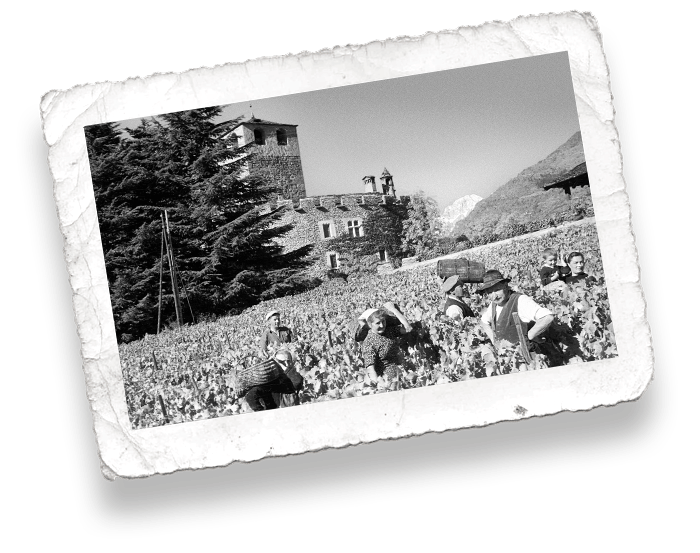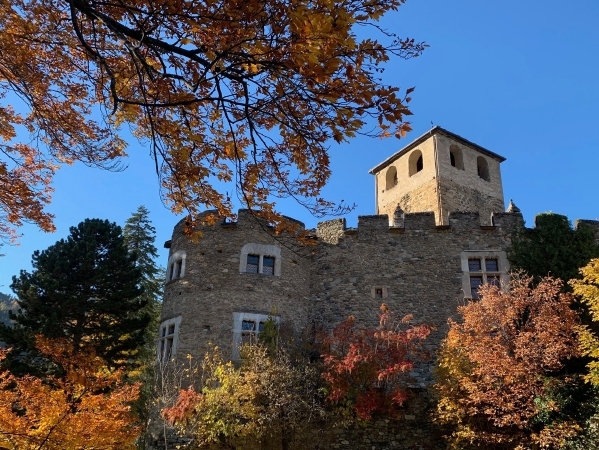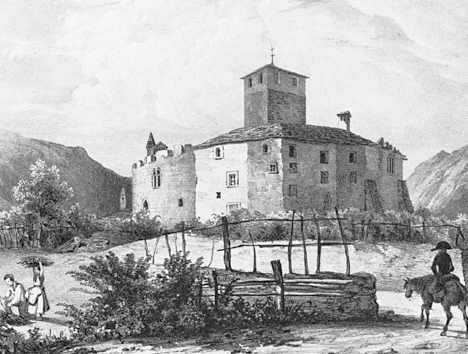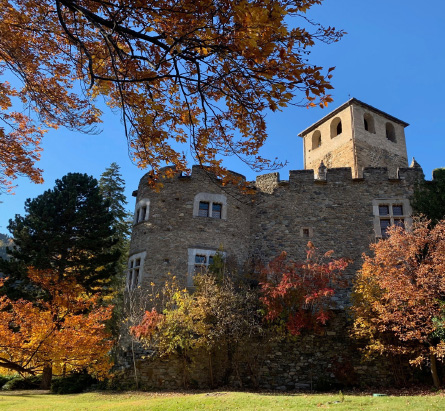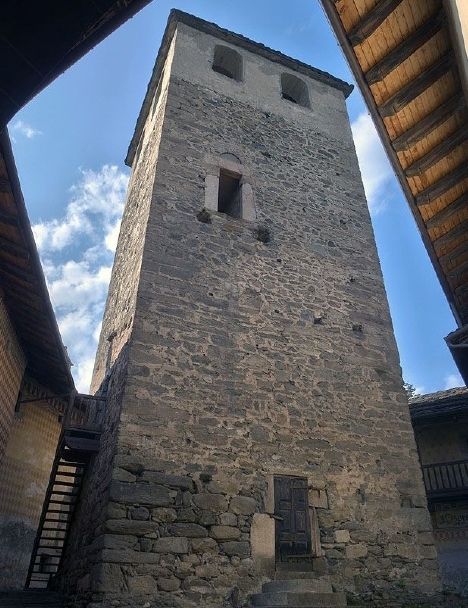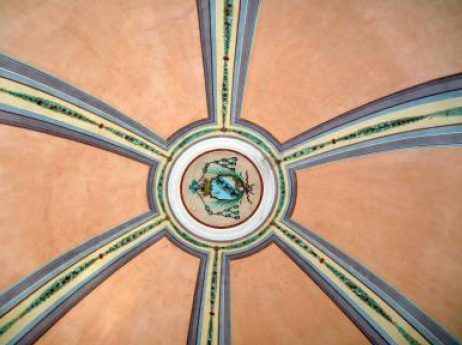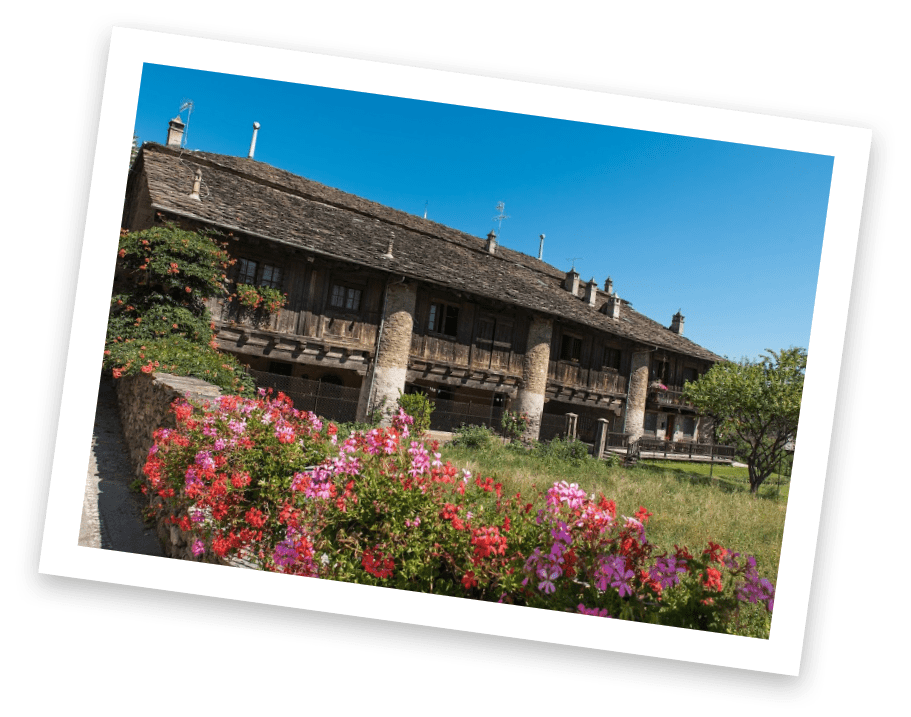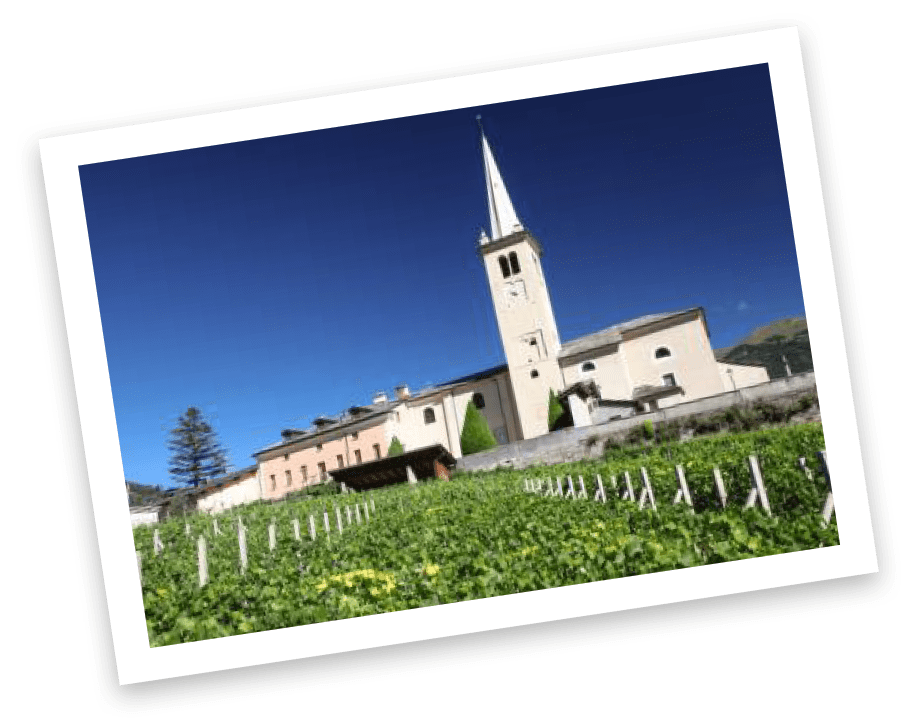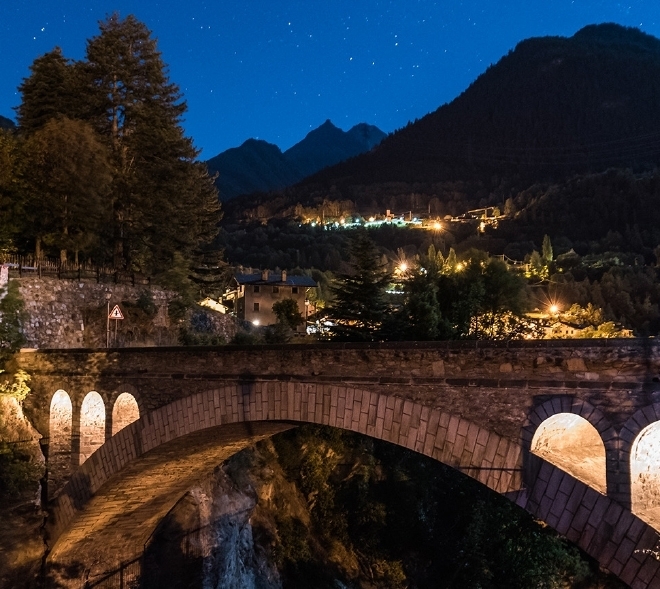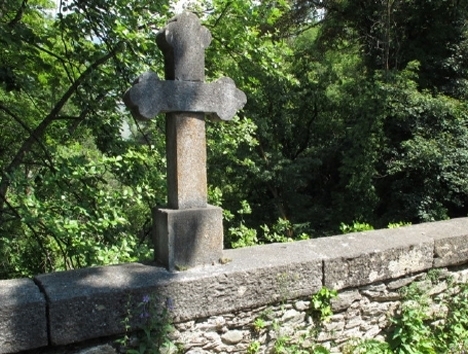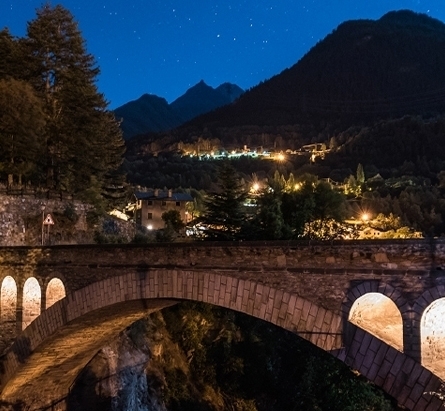
The Pope Museum
Pope Benedict XVI and Pope John Paul II have spent many summers in Introd, at Les Combes village, alternating relaxing mountain hiking to intense moments of prayer, reading and meditation. To Saint John Paul II are dedicated the small Chapel erected as Sanctuary that also contains a relic, and the nearby museum “Maison Musée Jean Paul II”, with its collection of objects, documents and photos.


